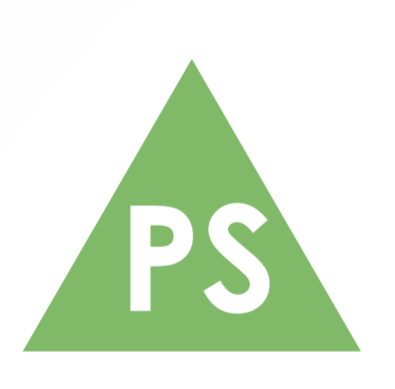Core Competencies: Personal and Social
|
|
A positive personal and cultural identity is the awareness, understanding, and appreciation of all the facets that contribute to a healthy sense of oneself. It includes awareness and understanding of one’s family background, heritage(s), language(s), beliefs, and perspectives in a pluralistic society. Students who have a positive personal
Personal awareness and responsibility includes the skills, strategies, and dispositions that help students to stay healthy and active, set goals, monitor progress, regulate emotions, respect their own rights and the rights of others, manage stress, and persevere in difficult situations. Students who demonstrate personal awareness and responsibility
Social responsibility involves the ability and disposition to consider the interdependence of people with each other and the natural environment; to contribute positively to one’s family, community, society, and the environment; to resolve problems peacefully; to empathize with others and appreciate their perspectives; and to create and maintain healthy relationships. |
A Positive personal and Cultural Identity:
1. Relationships and cultural contexts
Students understand that their relationships and cultural contexts help to shape who they are. (“Culture” is meant in its
broadest sense, including identifiers such as ethnicity, nationality, language, ability, sex/gender, age, geographic region,
sexuality, and religion.) Students define themselves in terms of their relationship to others and their relationship to the
world (people and place) around them.
2. Personal values and choices
Students define what they value. They understand how what they value has been influenced by their life experiences.
They identify ways in which what they value helps to shape their choices in all contexts of their lives.
3. Personal strengths and abilities
Students acknowledge their strengths and abilities, and explicitly consider these as assets that can help them in all aspects
of their lives. Students understand that they are unique and are a part of larger communities. They explain how they are using their strengths and abilities in their families, their relationships, and their communities.
A Personal Awareness and responsibility
1. Self-determination
Students who are personally aware and responsible have a sense of personal efficacy and growing confidence in a variety of situations. They value themselves, their ideas, and their accomplishments. They are able to express their needs and seek help when they need it, to find purpose and motivation and act on it, and to advocate for themselves.
2. Self-regulation
Students who are personally aware and responsible take responsibility for their own choices and actions. They set goals, monitor progress, and understand and regulate their emotions. They are aware that learning involves patience and time. They are able to persevere in difficult situations, and to understand how their actions affect themselves and others.
3. Well-being
Students who are personally aware and responsible recognize how their decisions and actions affect their mental, physical,
emotional, social, cognitive, and spiritual wellness, and take increasing responsibility for caring for themselves. They keep
themselves healthy and physically active, manage stress, and express a sense of personal well-being. They make choices that contribute to their safety in their communities, including online interactions. They recognize the importance of happiness, and have strategies that help them find peace in challenging situations.
Social Responsibility
1. Contributing to community and caring for the environment
Students develop awareness and take responsibility for their social, physical, and natural environments by working independently and collaboratively for the benefit of others, communities, and the environment.
2. Solving problems in peaceful ways
Students identify and develop an appreciation of different perspectives on issues; they generate, use, and evaluate strategies to resolve problems.
3. Valuing diversity
Students value diversity, defend human rights, advocate for others, and act with a sense of ethics in interactions, including online.

